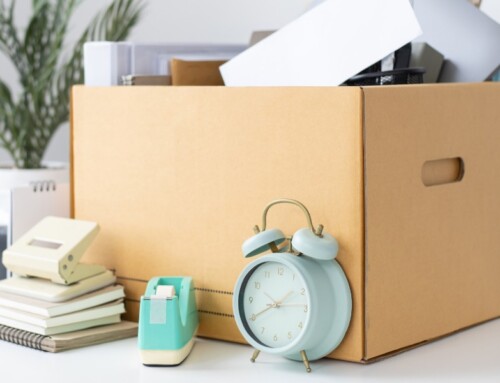Have you ever walked out of a work meeting thinking, “Wow, that meeting was a complete and total waste of time?” Here’s a secret: so have we all. It’s incredibly easy to have a meeting that drags on forever, doesn’t accomplish anything, and basically just feels like an unnecessary strain on everybody’s day. Luckily, it’s also just as easy to turn the whole process of staff meetings around and have an intelligent, efficient, and productive use of your company’s time. Here are a handful of tips for having the most effective meetings possible:
- ) Determine whether or not the meeting is actually necessary. If you’re just going over information that everyone already knows, or if you’re just reviewing materials that can be gone over in a simple mass e-mail or teleconference, there isn’t really a reason for you to have everybody meet face-to-face. Even if the meeting is deemed essential, try to cut down on the number of attendees as much as you can. This will keep everyone focused, keep questions to a minimum, and likely help the meeting end quickly.
- ) Be punctual, and expect the same out of everyone present. No one wants to show up to a meeting and find that their boss isn’t yet present, nor do they want to show up early like a model employee only to have the meeting delayed because a quarter of the required personnel didn’t show up. It’s one of those situations where an employee can quickly get a sense that they’re not valued nor respected, and the last thing you want to do is punish them for being good workers. If someone shows up late, it’s their responsibility to get caught up, not yours. Try this simple tactic to enforce the virtue of punctuality: once the meeting starts, remove all unused chairs from the room and force late participants to stand. It may sound extreme, but it gets the message across that tardiness is not something to be tolerated.
- ) Spend more time on the agenda than you think you should, publicize that agenda for all meeting participants beforehand, and schedule the meeting for half of the time than you originally wanted. The interesting thing about meetings is that if you schedule one for an hour, it will stretch on for an hour one way or another. If you schedule it for thirty minutes, it will go on for thirty minutes. The flipside of this is that if you halve the time allotted for the meeting, guess what: you’ll only use that time, making your meeting more efficient and less time-consuming. Quick, tight meetings are many times better than their longer counterparts.
- ) Keep detailed notes and minutes of the meeting that can be referred back to at a later date. Meetings are often where important decisions are made, but after a short period of time, nobody remembers why those decisions were made in the first place. Meeting notes often crystallize key points of accountability among the participants. Notes make it easier for newcomers to get a grasp on the workings of the organization and the decision-making process. These notes are especially important if you have people that need to know what happened at the meeting, but weren’t deemed vital to the process itself. Having noted stored away in a secure location will make sure that anyone who needs them can access them, keeping the flow of knowledge within the company intact.
- ) Lastly, after every important decision as well as at the end of the meeting, ensure that you have recapped said decision with everyone present. Set aside some time in the agenda to go over everything that has been discussed and make sure that the entire team is on the right page. In an organization where everybody has different roles and responsibilities, this step is absolutely critical: make sure everyone in the team understands their specific action items (including deadlines for completion) and why these items are critical to the larger goals and strategy.
What methods do you use to ensure that your meetings go smoothly and efficiently?






